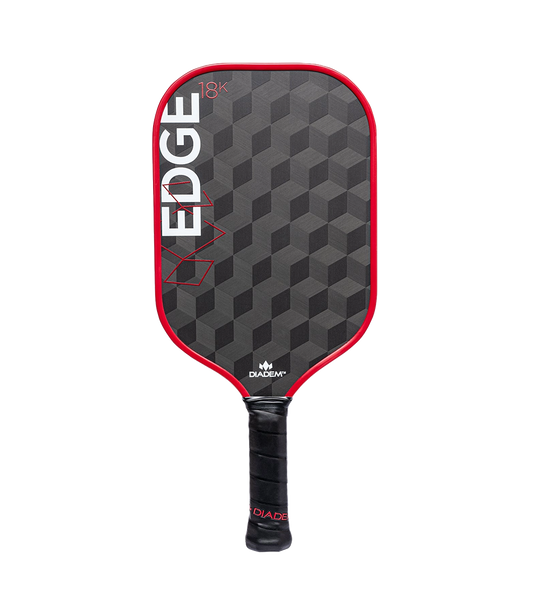A couple days ago while I was drilling, I looked over at the court next to me because I overheard a player giving his friend some mechanical advice that I disagreed with.
I paused our drilling session to watch and listen for a minute, but not letting them know I was paying attention. The player I was drilling with saw that look in my eye and tried to stop me, but I wouldn’t let him.
I quickly walked to the neighboring court and politely interrupted (I teach on these courts, so I wasn’t a random stranger butting in). I asked to see the shot they were discussing.
After he missed the first two, his friend interrupted and, again, gave him the same technique advice I disagreed with.
I fed the player three more balls, watched carefully, and put this thing to rest.
“It’s not his technique, it’s his intention - he has none. Sure, his mechanics are unique, and his own, but who cares. As long as we can consistently make the ball to (X) spot, we can look any way we want.”
His friend started to fire back (3.5 player, btw), but before he could, I gave the “student” detailed visual intention and fed him ten more balls.
BOOM, 7-10 exactly how he envisioned them.
One of the greatest parts about pickleball is its ability to bring in new players quickly. It’s relatively simple to pick up and become proficient enough to hold a rally with our friends.
As we get more experienced, however, many of us, especially the “rec coaches” or coaches who SHOULDN’T BE coaches, attempt to make it too complicated.
Mechanics don’t drive the bus, they support it. Learn how to properly implement feel and visual techniques that’ll give better cues and instructions to our mechanics.
Read Next: Crossover Backhand Dinks are Your Friend
Before anyone becomes a “certified coach,” please study this piece of the puzzle. And you rec coaches…maybe just PLAY with your friends.


